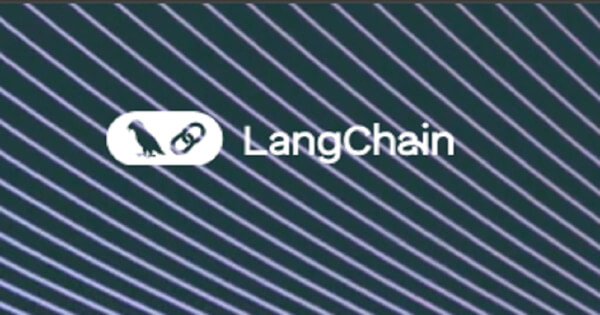Joerg Hiller
Oct 29, 2025 02:45
LangChain introduces significant enhancements to DeepAgents with release 0.2, offering pluggable backends and improved functionalities for complex task management.
LangChain has announced the release of version 0.2 of its DeepAgents, a tool designed to facilitate complex, open-ended tasks over extended periods. This release aims to build on the initial launch by introducing new features and enhancements, according to the LangChain Blog.
New Features in Version 0.2
The most notable addition in this update is the introduction of pluggable backends. Previously, DeepAgents utilized a “virtual filesystem” through LangGraph state for file storage. The new Backend abstraction now allows users to integrate various storage solutions as their filesystem. Current implementations include LangGraph State, LangGraph Store for cross-thread persistence, and the local filesystem.
The update also introduces the concept of a “composite backend.” This feature enables users to layer additional backends over a base backend, such as mapping a local filesystem with an S3-backed virtual filesystem for specific subdirectories like /memories/. This setup supports long-term memory by allowing persistent storage beyond the local machine.
Choosing Between DeepAgents, LangChain, and LangGraph
LangChain positions its three open-source libraries—DeepAgents, LangChain, and LangGraph—as complementary yet distinct tools in the AI development space. DeepAgents is described as an “agent harness” ideal for building autonomous, long-running agents. LangChain, referred to as an “agent framework,” is suitable for users who prefer to build custom prompts and tools from scratch. LangGraph, meanwhile, serves as an “agent runtime” for those who wish to construct workflows involving multiple agents.
These libraries are designed to work in conjunction, with DeepAgents built on top of LangChain’s agent abstraction, which itself is grounded in LangGraph’s runtime capabilities.
LangChain’s ongoing development efforts highlight its commitment to enhancing the functionality and versatility of its tools, providing developers with robust options for managing complex AI-driven tasks.
Image source: Shutterstock


